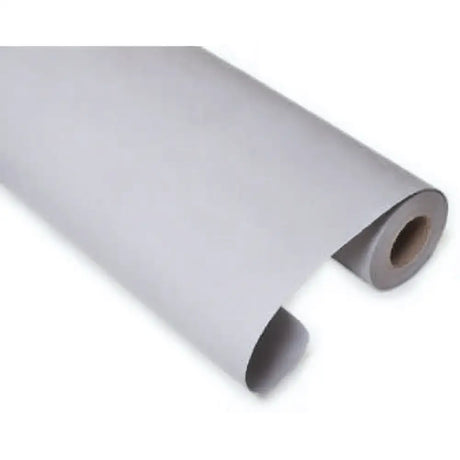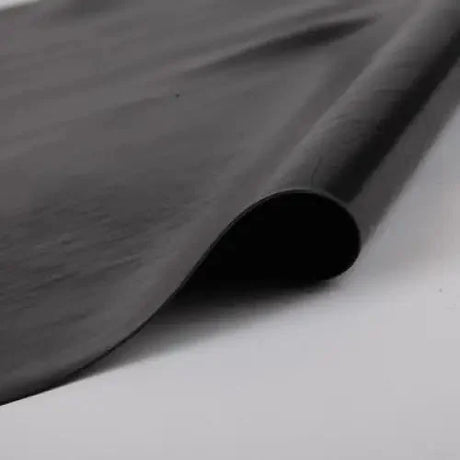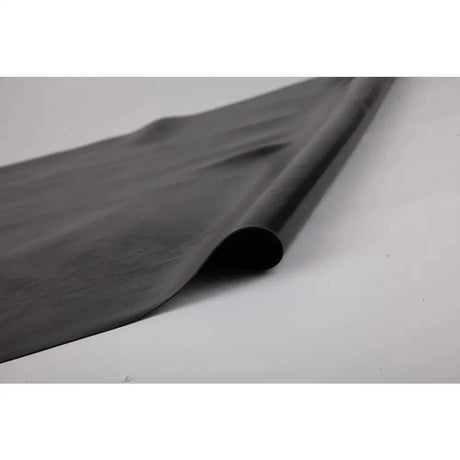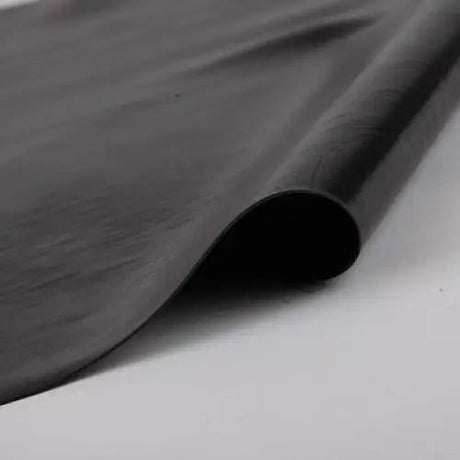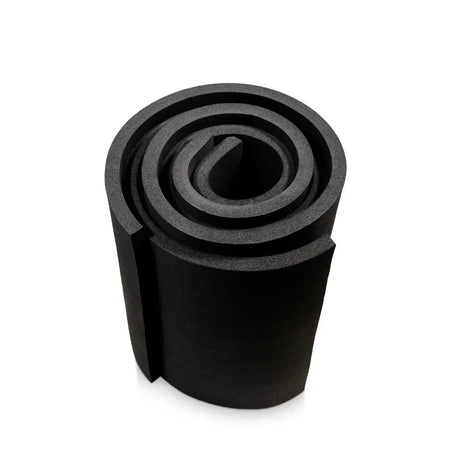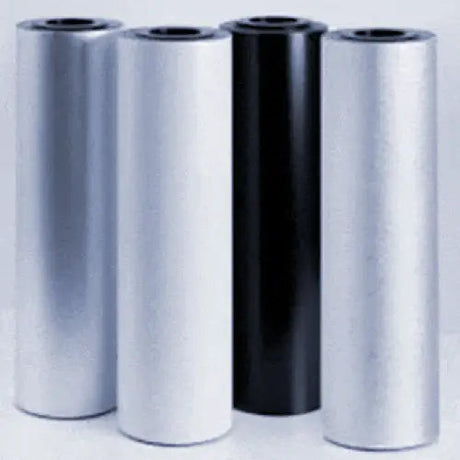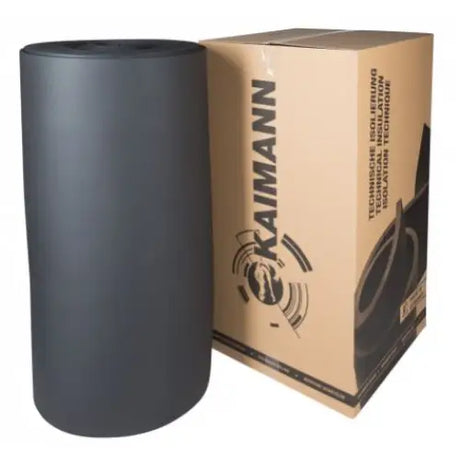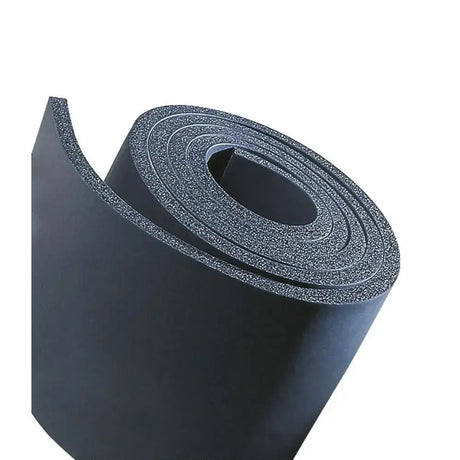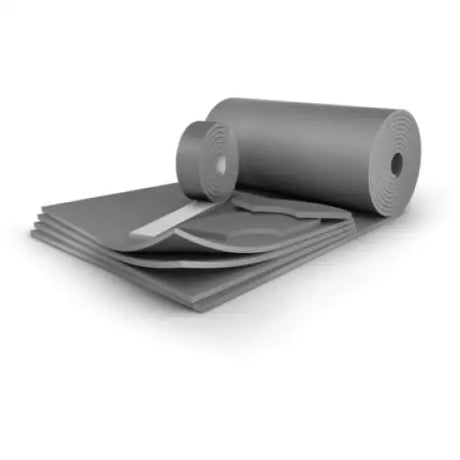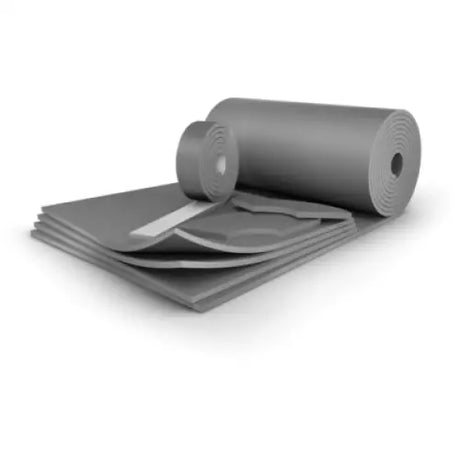Sealant Repair and Restoration: A Comprehensive Guide
Introduction
When it comes to maintaining the integrity of our buildings and structures, the devil truly is in the detail. One such detail that often goes unnoticed until it's too late is the condition of sealants. These unsung heroes work tirelessly to keep the elements at bay, but when they start to fail, the consequences can be far-reaching. From the merest trickle of water to a full-blown draught, deteriorating sealants can compromise not only the energy efficiency of a building but also its very structure. Regular maintenance and repair of these sealants aren't just necessary; they're critical to the longevity of our built environment.
Understanding Sealants
Sealants are like the trusty glue that holds the world of construction together, but not all sealants are created equal. There's a whole array of them, each tailored to a specific task.
Silicone Sealants
First, we have the versatile silicone sealants, the go-to for many a sealing job. They are the acrobats of the sealant world, stretching and bending with the movements of a building without losing their grip.
Polyurethane Sealants
Then there's the tough-as-nails polyurethane sealants, ready to lock horns with the heaviest of foot traffic and the most abrasive of conditions.
Acrylic Sealants
Finally, let's not overlook the cost-effective acrylic sealants, the everyday heroes providing a sturdy seal in less demanding situations.
For a sealant to be up to snuff, it needs a trifecta of properties: flexibility to dance with the building's movements, adhesion that sticks like a stubborn limpet, and durability that scoffs in the face of Father Time.
Signs of Deterioration
How do you know when a sealant has thrown in the towel?
Visual Inspection
Keep your peepers peeled for cracks, gaps, or a fading colour – these are the tell-tale signs that a sealant is crying out for retirement.
Water Leakage
If water's making an unwelcome appearance, it's a surefire signal that the sealant's day in the sun is done.
Loss of Adhesion and Cohesion
When a sealant starts to lose its sticky touch or begins to crumble like a forgotten biscuit at the bottom of a cuppa, it's time for action.
Importance of Timely Repair
Nip it in the bud, that's what they say. By addressing sealant issues posthaste, you're not only slamming the door on further damage but also tightening the belt on energy spending. And let's not forget, fixing a sealant in the nick of time is a far cry from shelling out wads of cash for extensive structural repairs further down the line.
Sealant Removal
Out with the old and in with the new – but first, you've got to show the door to the old sealant.
Mechanical Methods
Arm yourself with a scraper or a grinder and get to work; it's a battle of brawn but one well worth the effort.
Chemical Solvents and Cleaners
When muscle isn't enough, chemical solvents step into the arena, dissolving the stubborn sealant's resolve.
Use of Sealant Removal Tools
For the finishing touches, specialised sealant removal tools can clean up the remnants, setting the stage for the new contender.
Surface Preparation
The stage is set, but before the star of the show – the new sealant – makes its entrance, ensure that the substrate is spick and span. A new sealant's adhesion is only as good as the surface it's sticking to, so make it dry and dust-free, and you're golden.
Selecting the Right Sealant
Selecting a sealant is like picking the right tool for the job – it's got to be spot on.
Compatibility with the Substrate
Pairing a sealant with a substrate it doesn't like is like a mismatched blind date – awkward and doomed to fail.
Environmental Exposure and Weather Resistance
A sealant needs to be able to stand up to whatever Mother Nature throws at it, be it the scorching sun or the pouring rain.
Joint Movement and Expansion Capabilities
Remember, buildings move. Choose a sealant that can keep up with the building's tango, swaying and stretching without missing a beat.
Incorporating the right types of waterproof sealants is crucial for a long-lasting repair.
Application Techniques
With the right sealant in your arsenal, it's time to apply it with the precision of a master craftsman.
Proper Joint Design and Dimensions
First things first, size up the joint. It's not just about filling a gap; it's about accommodating movement and ensuring longevity.
Methods for Applying Sealants
A caulking gun or a trowel in hand, the application method is just as important as the sealant itself. It's about laying down a bead with the precision of a baker icing a cake.
Ensuring Uniform Thickness and Proper Tooling
A sealant's effectiveness is in its consistency. Aim for uniform thickness, and don't forget to smooth it over with the finesse of a painter working on a masterpiece.
Understanding the nuances of sealant application techniques is paramount to achieving a successful seal.
Curing and Protection
The sealant is down, but it's not out for the count yet. It needs time to cure, to reach its full potential.
Understanding the Curing Process for Sealants
Curing isn't a race; it's a marathon. Give it the time it needs, and it'll repay you tenfold in resilience.
Protecting the Freshly Applied Sealant from Contamination
Like a newborn, a fresh sealant is vulnerable. Shield it from the elements and contaminants, and it'll grow up strong.
Weather Considerations During the Curing Period
British weather is nothing if not unpredictable. Keep a watchful eye on the skies; the last thing you want is for a downpour to wash away all your hard work.
Quality Assurance
You've followed the script, but even the best-laid plans need checking over.
Importance of Conducting Adhesion Tests
Stick a bond test in there and make sure that the sealant's not going to throw in the towel at the first sign of trouble.
Checking for Proper Joint Fill and Tooling
Inspect your handiwork. If the joint's filled to the brim and tooled to perfection, you're on the home straight.
Ensuring Sealant Meets Specified Performance Standards
The final seal of approval comes when the sealant meets or exceeds the performance standards set out. It's the standing ovation at the end of the play.
Here's a top tip: delve into the world of sealant durability and lifespan to ensure you're using a sealant that'll stand the test of time.
Maintenance Tips
Regular upkeep of sealants isn't just smart; it's downright necessary. You wouldn't drive your motor without ever getting it serviced, would you? The same goes for sealants.
Regular Inspection and Maintenance Schedules
Mark it in your calendar, set a reminder on your phone, do whatever it takes to make regular checks on your sealants. It's better to spot a small issue before it snowballs into a full-blown problem.
Addressing Minor Issues Before They Escalate
A small crack might not look like much, but underestimate it at your peril. Tackle these minor issues head-on, and you'll be saving yourself a world of trouble and expense.
Importance of Resealing and Refurbishment
Like a well-worn path needs resurfacing, sealants need refreshing every so often. It's not just about fixing them; it's about giving them a new lease of life.
Remember, a stitch in time saves nine, and the same principle applies to the maintenance of sealants. Regular checks and timely interventions can go a long way in preserving the integrity of a building.
Environmental and Safety Considerations
When dealing with chemicals, it's not just the job at hand you've got to think about. There's the bigger picture, too.
Proper Disposal of Old Sealants
Once you've removed that tired old sealant, don't just chuck it in the bin. Dispose of it responsibly, keeping the environment in mind.
Ensuring a Safe Working Environment
Safety first; that's the golden rule. Ensure you're kitted out with the right gear and know your way around the safety manual.
Minimising Environmental Impact
In today's world, it's more important than ever to tread lightly on the earth. Use eco-friendly sealants where possible and always consider the environmental implications of your actions.
Professional Sealant Repair Services
Sometimes, a job is just too big, too complex, or too important to tackle on your own. That's when you call in the cavalry – the professionals.
Benefits of Hiring Professional Sealant Repair and Restoration Specialists
They've got the tools, the know-how, and the experience to make short work of even the most daunting sealant repairs.
Access to Advanced Tools and Techniques
Professionals come armed with gadgets and gizmos you probably didn't even know existed. They can make a tough job look like a walk in the park.
Ensuring Compliance with Industry Standards and Regulations
Rules and regulations are there for a reason, and professionals know them inside out. They'll ensure your sealant repair is up to code and won't land you in hot water.
Hiring a professional might seem like an added expense, but when it comes to complex tasks or ensuring compliance with industry-specific sealants requirements, it's often the most cost-effective and reliable solution.
Conclusion
There you have it – a comprehensive trot through the world of sealant repair and restoration. Just like brushing your teeth or taking the car in for an MOT, regular maintenance of sealants is a non-negotiable part of building care.
Sealant repair and restoration isn't just about patching up a problem; it's about safeguarding the future of our structures. Keep on top of it, and you'll be ensuring that your building stands proud and leak-free for years to come.
So, whether you're a DIY enthusiast or you prefer to leave it to the professionals, remember that the integrity of your sealants is the thin line between a building that stands the test of time and one that succumbs to the elements. Stay vigilant, act promptly, and your sealant woes will be nothing but a distant memory.
In conclusion, the importance of sealant repair and restoration cannot be overstated. By embracing the long-term benefits of proactive maintenance and encouraging regular inspection and timely repair, you're not just maintaining a building; you're preserving a legacy.
And with that, we've reached the end of our guide. May your sealants always be sturdy, and your buildings forever strong.


